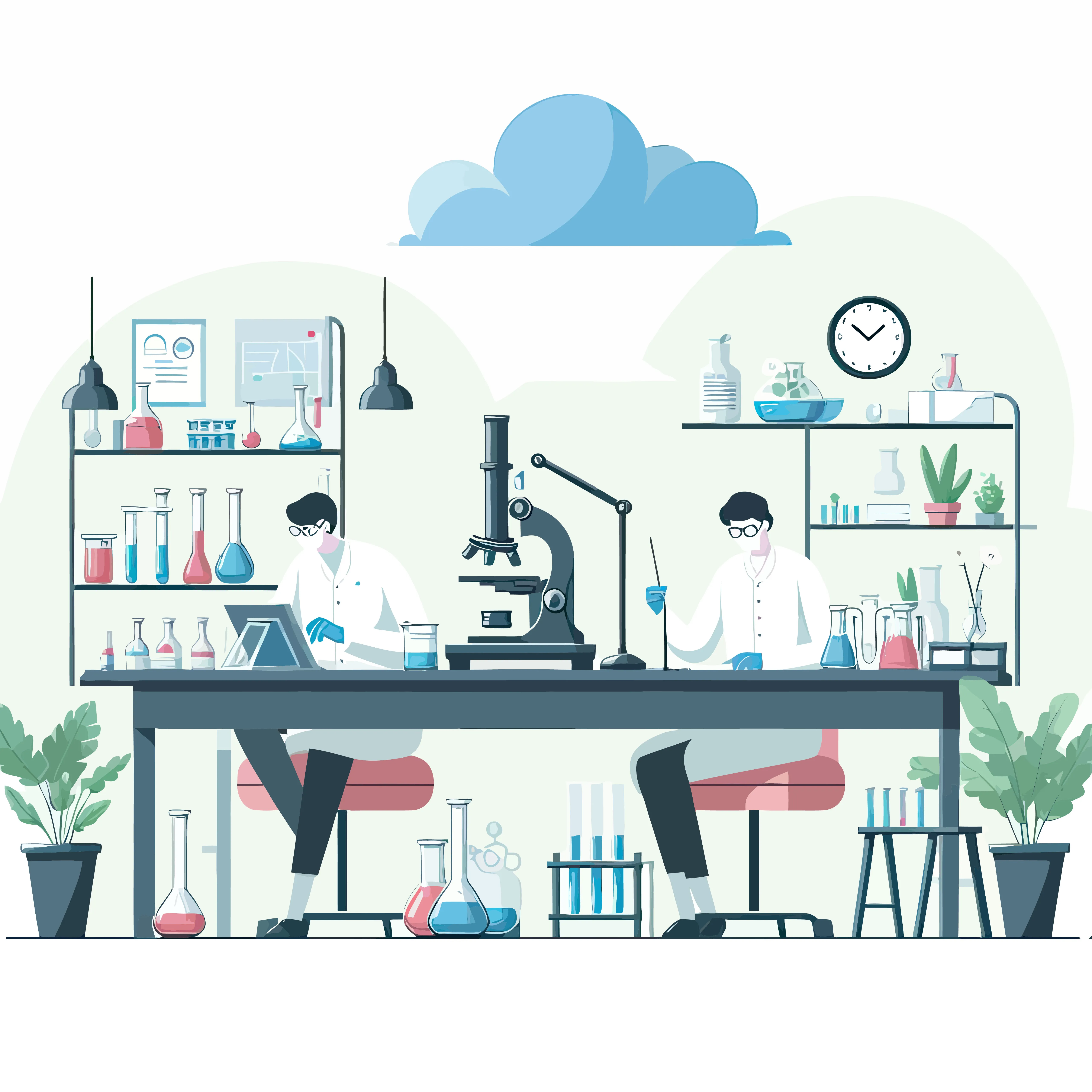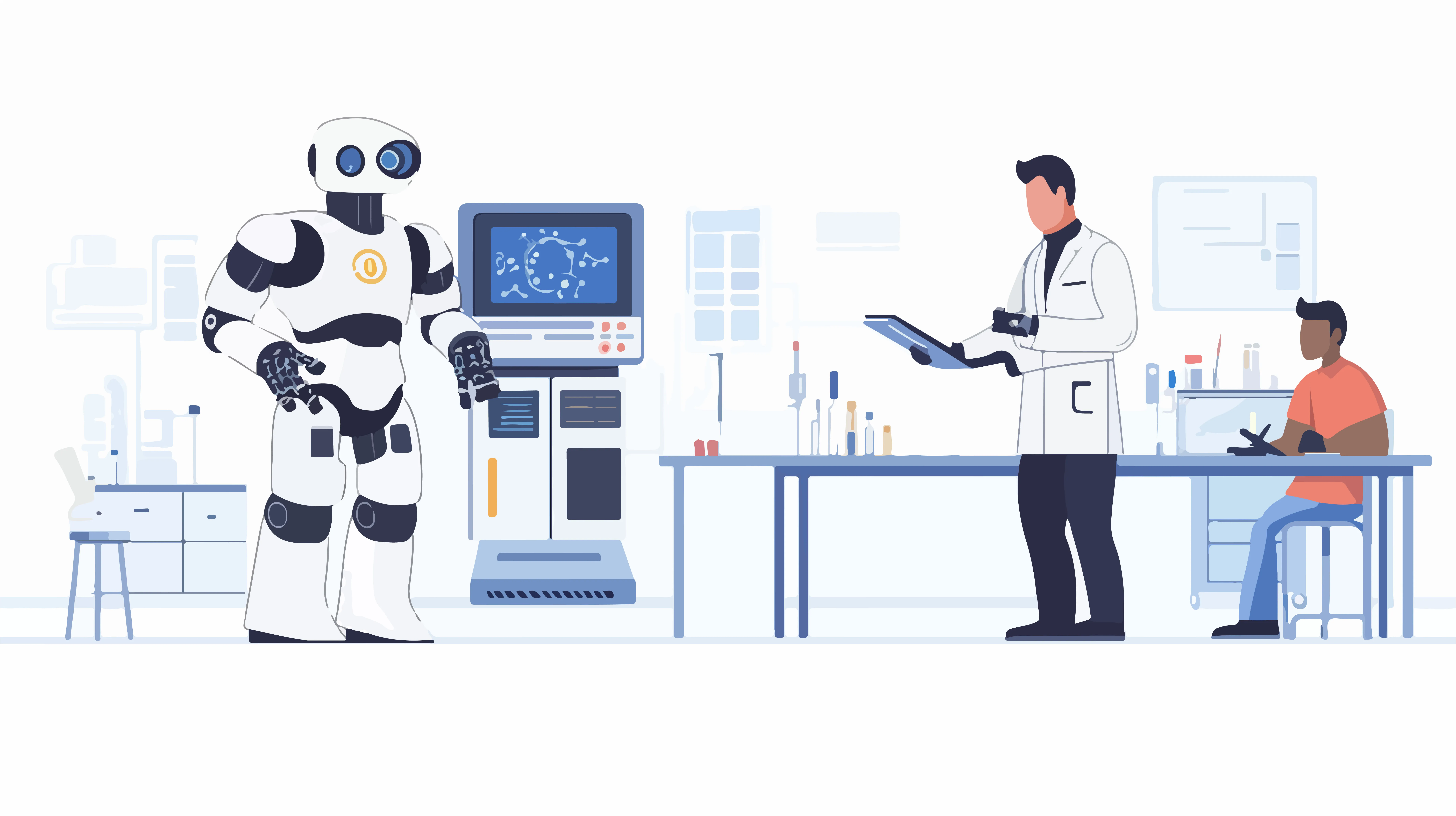In a world driven by speed, precision, and innovation, the traditional trial-and-error approach to drug discovery is rapidly evolving. At the heart of this transformation lies in silico drug discovery, a field powered by advanced algorithms, molecular modeling, and machine learning. As part of the Drug Discovery Innovation Programme (DDIP) by World BI, we spotlight the paradigm shift brought by Computer-Aided Drug Design (CADD) — a breakthrough approach that is reshaping the way scientists design new therapeutics. This blog dives into how in silico methods accelerate drug discovery, cut costs, and bring us closer to the next generation of targeted medicines.
What Is In Silico Drug Discovery?
In silico drug discovery refers to the use of computational tools and simulations to identify and design potential drug candidates.
- "In silico" means “performed on a computer,” contrasting with “in vitro” (lab-based) and “in vivo” (animal/human-based) experiments.
- Uses data-driven models and molecular simulations to predict how a compound will behave in the body.
- Reduces time and cost by narrowing down thousands of molecules to the most promising few before lab testing.
- Enables virtual screening, molecular docking, dynamics simulations, and pharmacokinetic predictions.
- Improves precision, especially when used in early-stage drug discovery, lead optimization, or target validation.
How Does Computer-Aided Drug Design (CADD) Work?
CADD integrates computational chemistry, structural biology, and AI to design drugs that interact with biological targets.
1. Structure-Based Drug Design (SBDD)
- Relies on the 3D structure of a biological target (e.g., a protein or enzyme).
- Uses molecular docking to predict how a small molecule will fit into the target’s active site.
- Applies scoring functions to estimate binding affinity between compound and target.
- Visualizes molecular interactions, such as hydrogen bonds or hydrophobic contacts, to optimize binding.

2. Ligand-Based Drug Design (LBDD)
- Used when the structure of the target is unknown but similar ligands (active compounds) are available.
- Builds quantitative structure-activity relationship (QSAR) models that correlate chemical features with biological activity.
- Uses pharmacophore modeling to identify common features among active molecules.
- Helps design new compounds with similar profiles to known drugs.
3. Virtual Screening
- Scans millions of molecules from chemical libraries using docking or AI-based ranking.
- Ranks compounds based on predicted binding energy and other properties.
- Selects top hits for synthesis and experimental validation.
- Saves months of laboratory screening through efficient computational triage.
Advantages of In Silico Drug Discovery
By digitizing early-phase research, in silico tools bring significant advantages across timelines, costs, and scientific accuracy.
- Accelerates drug development by identifying hits within days instead of months.
- Reduces laboratory costs by minimizing the number of physical compounds synthesized and tested.
- Enhances predictive accuracy, reducing late-stage failures due to toxicity or inefficacy.
- Facilitates repurposing by screening existing drugs for new targets or diseases.
- Supports personalized medicine by modeling patient-specific drug interactions using genomic data.
Popular Tools & Platforms in In Silico Drug Design
A wide range of software tools support in silico research, from open-source to proprietary systems.
- AutoDock – A widely used molecular docking software for predicting binding poses.
- Schrödinger Suite – Offers integrated drug discovery platforms for SBDD, LBDD, and simulations.
- MOE (Molecular Operating Environment) – For structure modeling, QSAR analysis, and pharmacophore design.
- ROCS and OpenEye – Focused on shape-based screening and chemical similarity.
- DeepChem and AlphaFold – Leverage AI for predictive modeling and protein folding.
The Role of AI and Machine Learning in CADD
Artificial Intelligence is revolutionizing in silico discovery by learning from massive biological datasets.
- Predicts biological activity from large-scale compound libraries with high accuracy.
- Learns patterns from experimental failures to avoid repeating mistakes.
- Simulates drug interactions in silico using generative models like GANs and deep learning.
- Enables de novo drug design, where new molecules are generated based on desired properties.
- Integrates multi-omics data (genomics, proteomics, metabolomics) for target validation and biomarker discovery.
Challenges in In Silico Drug Discovery
Despite its advantages, in silico drug discovery still faces limitations.

- Accuracy depends on data quality, especially for machine learning models.
- Requires detailed structural data, which is not always available for novel targets.
- Scoring functions in docking may not always reflect real-world binding behavior.
- Cannot fully replace in vitro and in vivo testing, especially for toxicity and metabolism.
- Interdisciplinary knowledge in biology, chemistry, and data science is required for effective use.
How DDIP Highlights in Silico Innovation
The Drug Discovery Innovation Programme (DDIP) by World BI brings these digital breakthroughs into focus by uniting leaders from pharma, biotech, and computational science.
- Features keynote sessions on AI-driven drug design, structural modeling, and big data analytics.
- Showcases successful case studies from companies using in silico tools to fast-track therapies.
- Creates networking opportunities between software developers, drug discovery teams, and bioinformaticians.
- Hosts interactive panels on overcoming data-related and computational challenges.
- Drives actionable insights for integrating CADD into existing discovery pipelines.
Who Should Attend the In Silico Sessions at DDIP?
The in silico-focused sessions of DDIP cater to professionals and innovators at the crossroads of science and technology.
- Computational chemists and molecular modelers
- AI & machine learning experts in life sciences
- Pharma R&D heads and medicinal chemists
- Biotech startups developing novel platforms
- Bioinformaticians and structural biologists
The Digital Future of Drug Discovery
In silico drug discovery is no longer a futuristic vision, it’s a present-day reality transforming the way we search for new medicines. With the power of computers, algorithms, and artificial intelligence, we can now model, predict, and accelerate drug development with unprecedented speed and accuracy. As global health challenges grow more complex, digital-first discovery methods offer a smarter, faster path to solutions. At World BI’s Drug Discovery Innovation Programme, we proudly spotlight these innovations and bring together the global minds making them a reality.
🔗 Join us to explore the digital frontier of Drug Discovery — where biology meets bytes, and innovation meets impact.